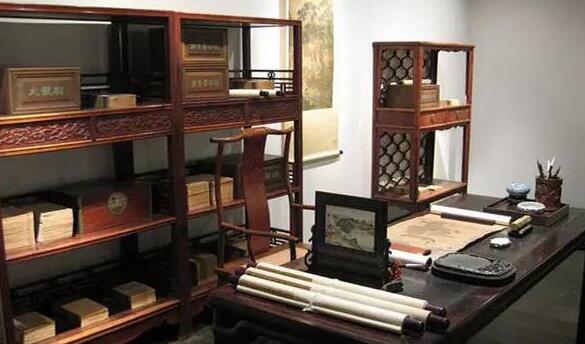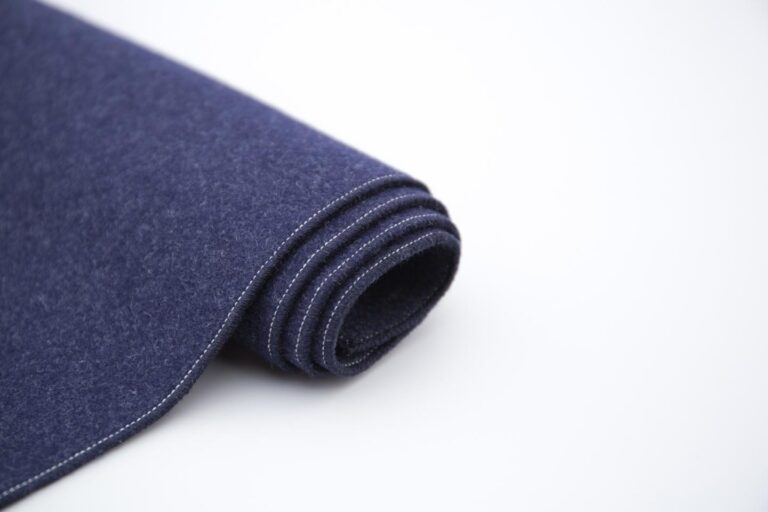Essential Chinese Calligraphy Tools Beyond the Four Treasures: A Complete Guide
Many people interested in Chinese brush calligraphy or preparing to learn this art form already know about the four essential tools – brush, ink, paper, and inkstone. However, there are many other useful calligraphy supplies worth having.
Today, I’ll introduce you to common calligraphy tools beyond these four basic items. These tools can help improve your daily practice and help you better use and maintain your calligraphy supplies.
1. Essential Chinese Calligraphy Tools-Calligraphy Felt Mat
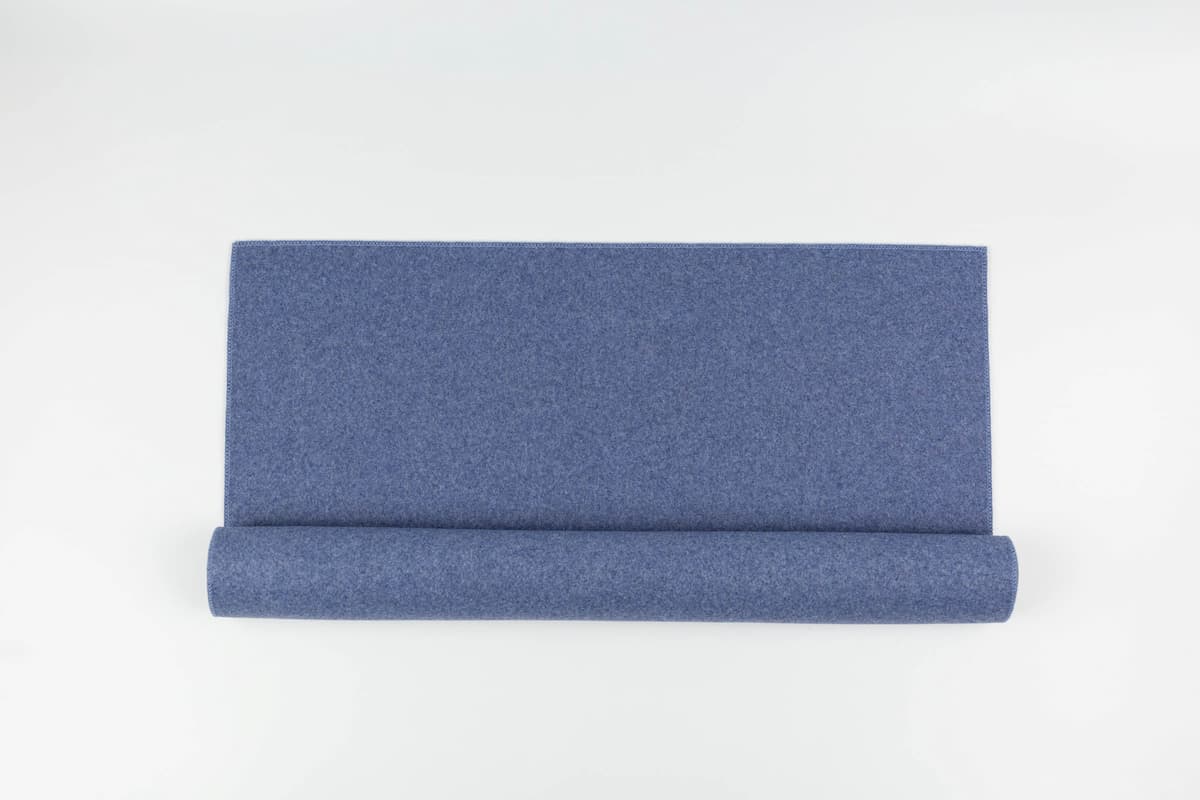
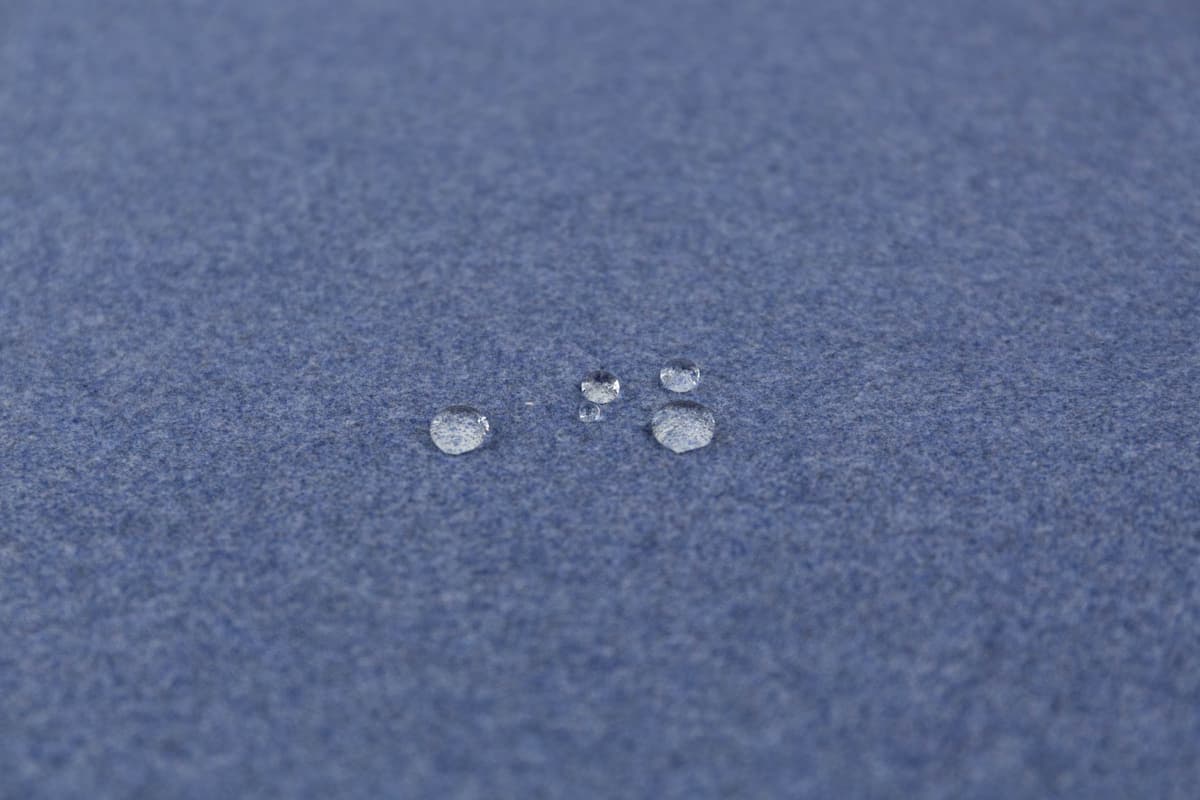
Calligraphy felt mat
A calligraphy felt mat is also called a painting felt or writing pad. Some people think it’s just for padding when writing with a brush, so they also call it a brush writing pad.
These mats are usually made from pure wool or synthetic fibers. They’re mainly used as backing when writing or painting on rice paper or other traditional papers.
When your artwork has a lot of ink, the felt prevents ink from bleeding through. It also absorbs moisture and excess ink, showing excellent water-absorbing and ink-preserving qualities.
A high-quality felt mat (meaning it has good ink support, doesn’t pill, isn’t rough, doesn’t curl at edges, doesn’t shed, and can be washed – like the mats sold by Qi Ming Wen Fang) can last over ten years with proper care.
2. Essential Chinese Calligraphy Tools-Brush Rests
Brush rests are also called brush holders or brush stands. They’re common tools used in calligraphy studios. When you’re thinking or taking a break during writing or painting, you can place your brush on the rest to prevent the round brush tip from staining paper or your desk.
This was an essential tool on ancient scholars’ desks. There are generally two types: hanging style and resting style, called brush hangers and brush rests respectively.
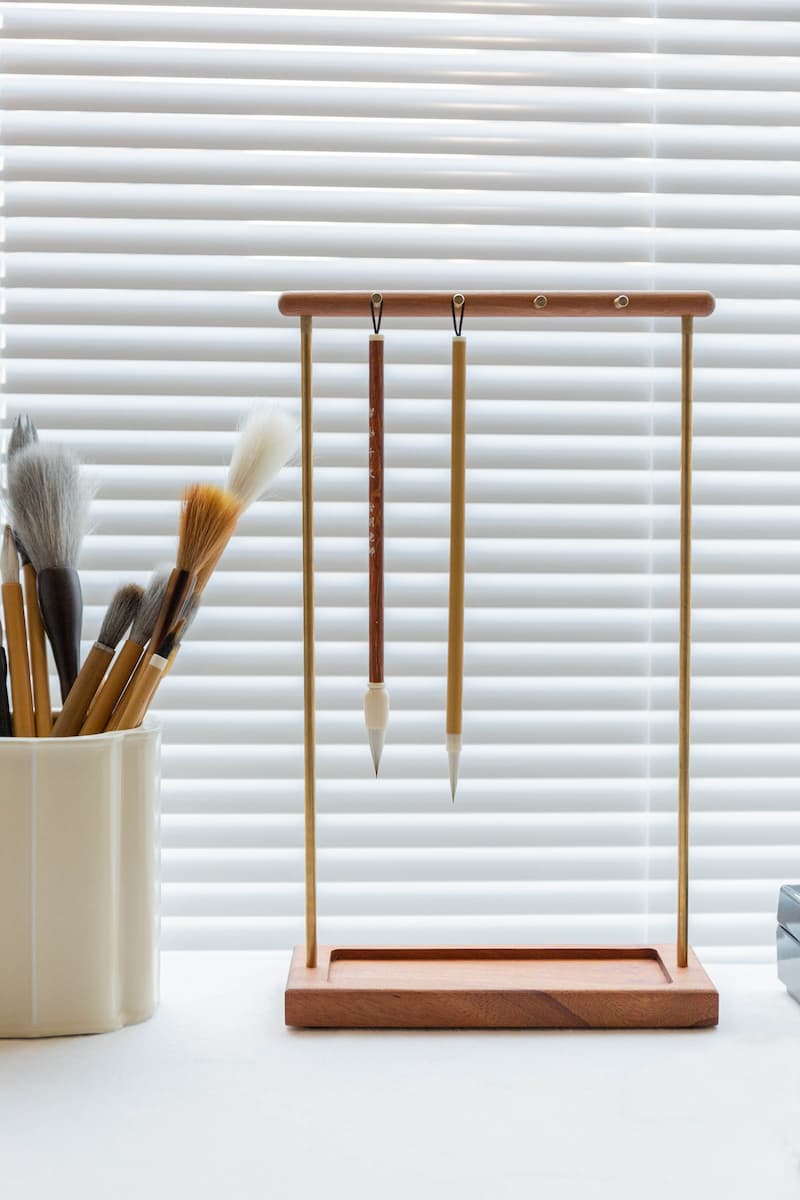
Hanging-style brush rest – brush hanger
Brush hangers are usually made from sandalwood, red sandalwood, bamboo, or chicken wing wood. Try to avoid bamboo ones, as bamboo products can easily get moldy in humid environments.
Brush hangers typically have posts on both sides, about one foot high. The top has a horizontal piece about one foot wide with evenly spaced small hooks where you can hang brush handles upside down for drying.
Many modern brush hangers are also made in cylindrical shapes with round tops where brushes hang around the edge – very convenient.
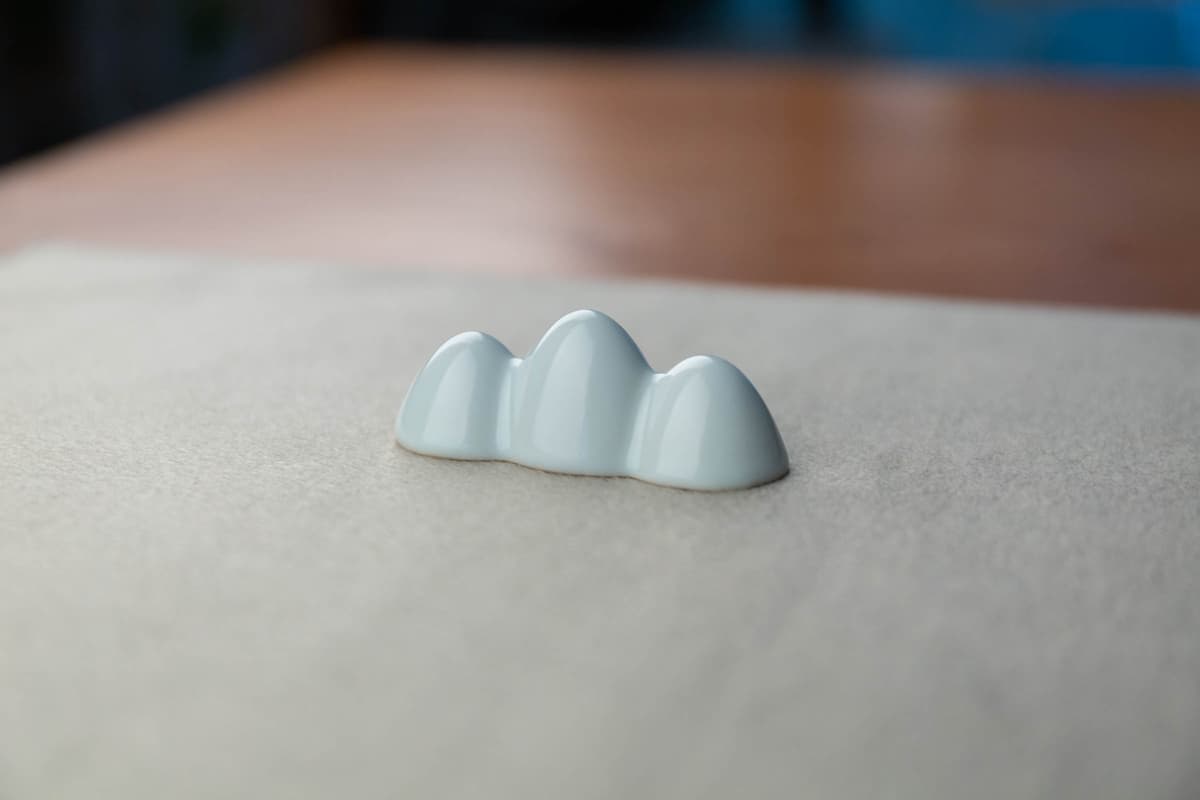
Resting-style brush rest – brush stand
Brush stands are tools for resting brushes. Depending on their shape, they’re also called brush pillows, brush mountains, or brush beds. The Qing Dynasty even had brush boats.
Brush stands have over 1,500 years of history. Records of brush rests exist from the Northern and Southern Dynasties period, though no surviving pieces have been found. Tang Dynasty brush rests that survive today are extremely rare, but literature shows they were already common studio items then.
Song Dynasty brush rests are more common in both surviving pieces and archaeological finds. They were made from various materials like bronze, porcelain, and stone, mostly in mountain shapes.
By the Ming Dynasty, brush rests became essential studio items made from even more diverse materials. Qing Dynasty brush rests surpassed Ming ones, made from jade, purple clay, crystal, bronze, wood, enamel, ivory, and more.
4. Essential Chinese Calligraphy Tools-Brush Holders
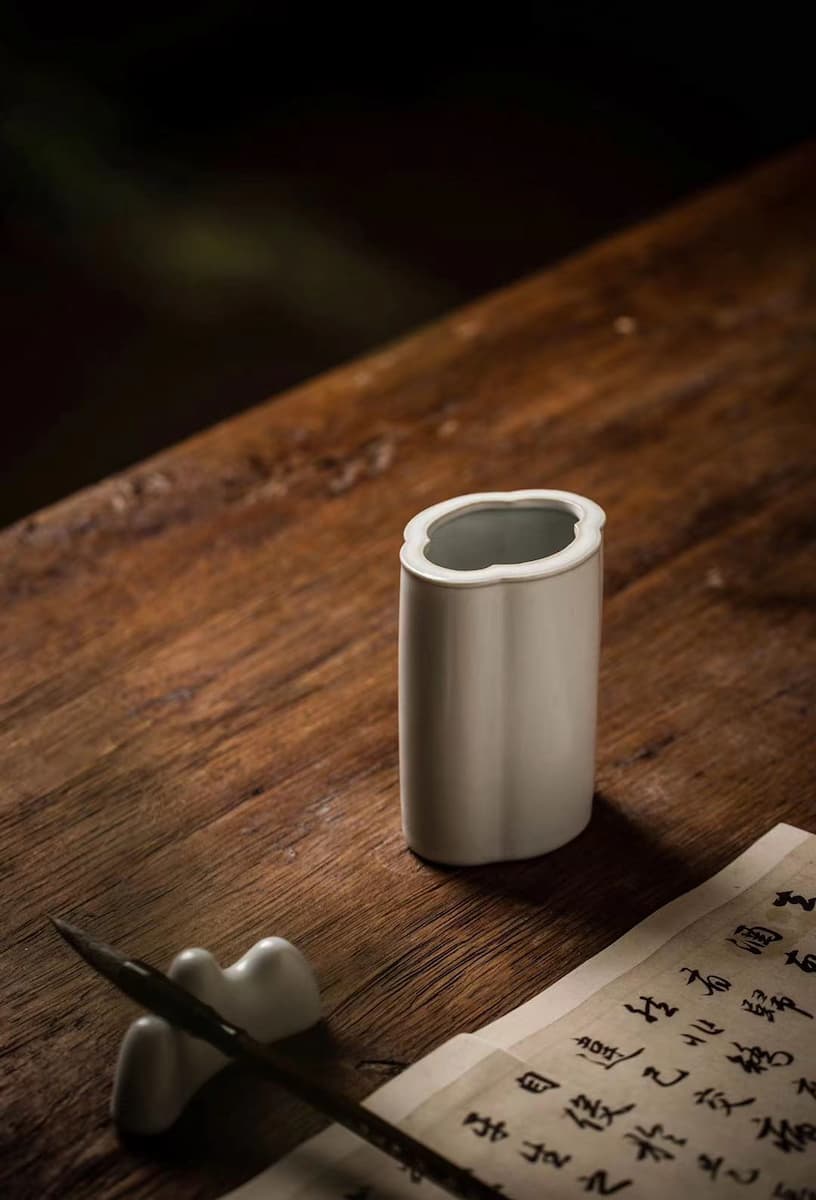
Brush holder, mainly used for storing brushes. For holding temporarily unused brushes. (图片 from Qi Ming Wen Fang)
Brush holders are cylindrical containers made from ceramic, bamboo, wood, and other materials for storing brushes. They’re specialized tools for holding brushes.
According to historical records, they were made from gold-plated materials, jade, rosewood, and ebony. Most surviving pieces we can see today are made from porcelain or bamboo and wood.
We can’t verify exactly when brush holders first appeared. Larger versions called “brush seas” are like super-sized brush holders that can store not only brushes but also folding fans or small scrolls.
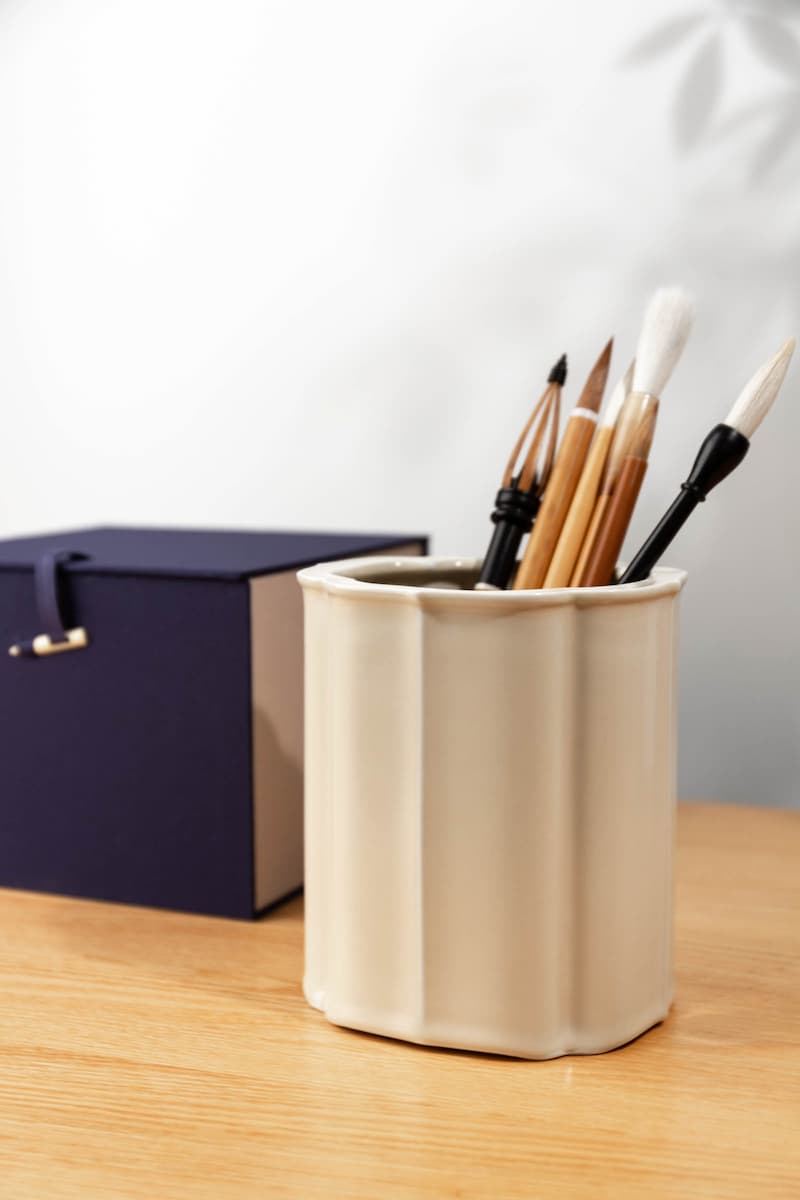
Brush seas
5. Essential Chinese Calligraphy Tools-Brush Mats
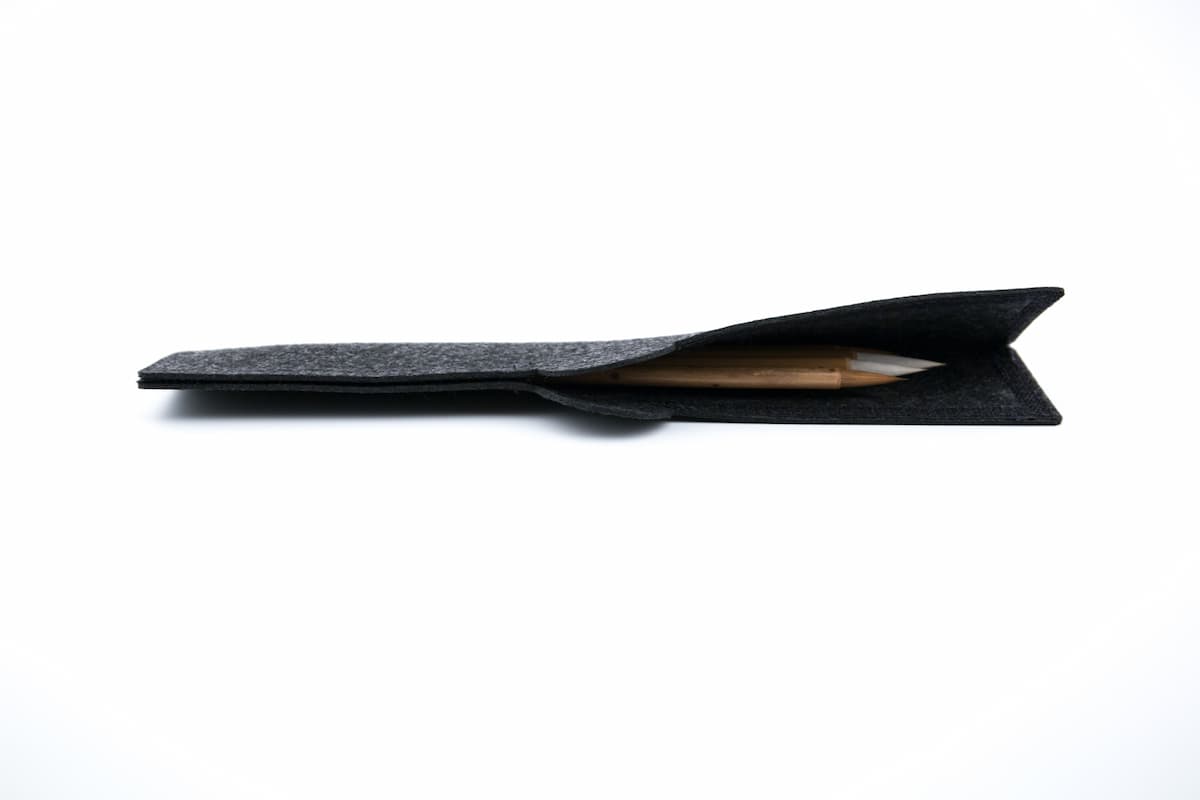
Felt brush mat (This is Qi Ming Wen Fang’s original product – simple felt brush mat)
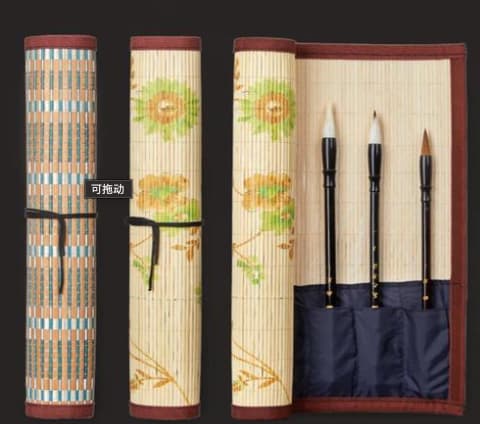
Bamboo brush mat (rolled up brush mat, usually tends to open up, this picture is from Baidu images)
Brush mats, also called brush rolls, are traditional tools for temporarily storing brushes. Teachers use them frequently. Back in college, when calligraphy teachers finished one class and had to go teach another, they would roll their used brushes (that hadn’t been cleaned yet) in brush mats.
Brush mats look like bamboo curtains and are mostly made from fine bamboo strips. They serve five main purposes:
First, rolling brushes inside protects brush tips from damage that would happen if they bounced around in a pencil case.
Second, brush mats allow air circulation, helping brushes dry quickly.
Third, most are 35cm x 33cm in size. Qi Ming Wen Fang created simple felt brush mats since many people only carry 1-3 brushes when going out, making them more portable.
Fourth, these mats can carry several brushes at once, some even holding over ten brushes, making them very convenient for transport.
Fifth, their main purpose is for emergencies when you need to take brushes out but they’re still wet from recent use. You can roll them in the mat and take them out without worrying about mold or staining books and other items.
6. Essential Chinese Calligraphy Tools-Brush Washers
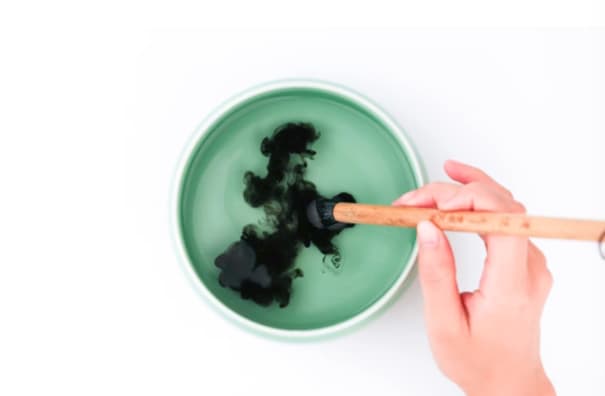
Brush washer
As the name suggests, brush washers are for cleaning brushes. Most are bowl-shaped, though some are made in flower, leaf, or other shapes.
Various brush washers are not only richly shaped and interesting, but also finely crafted and lifelike. As desk accessories, they’re not just practical but can also bring joy and cultivate good taste.
Among all brush washers, ceramic ones are the most common.
7. Essential Chinese Calligraphy Tools-Water Droppers
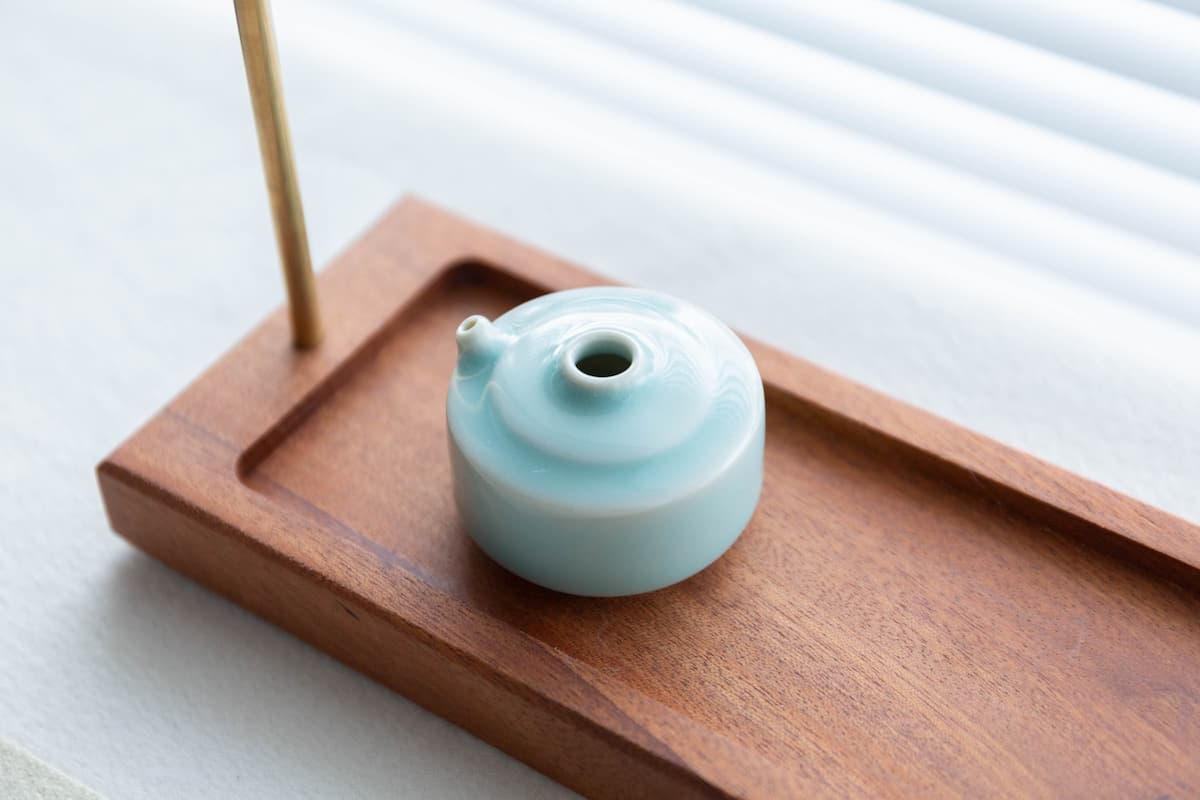
Water dropper, not too big, mainly used for adding water to inkstones to dilute ink.
Water droppers, also called inkstone droppers, are studio tools for dripping water into inkstones. They’re also called water drops or water pourers.
The earliest tool for adding water to inkstones for grinding ink was called a water bowl. “Ancient people had no water droppers. They would grind ink in the morning, filling the inkstone pool to last all day. When ink ran out, they would grind more, so they had water bowls.”
From surviving pieces and archaeological finds, inkstone droppers appeared no later than the Han Dynasty. The earliest were made of bronze, later changed to ceramic, porcelain, jade, stone, and other materials.
Their styles vary, with innovations in every dynasty. I find this very practical because sometimes when adding water to ink, it’s easy to pour too much. With a water dropper, you can control the amount of water more precisely, ensuring the ink consistency is right for your writing.
For those not skilled with water droppers, you can also consider using a water bowl with a water spoon. When you need water, just scoop one spoonful and pour it into the inkstone.
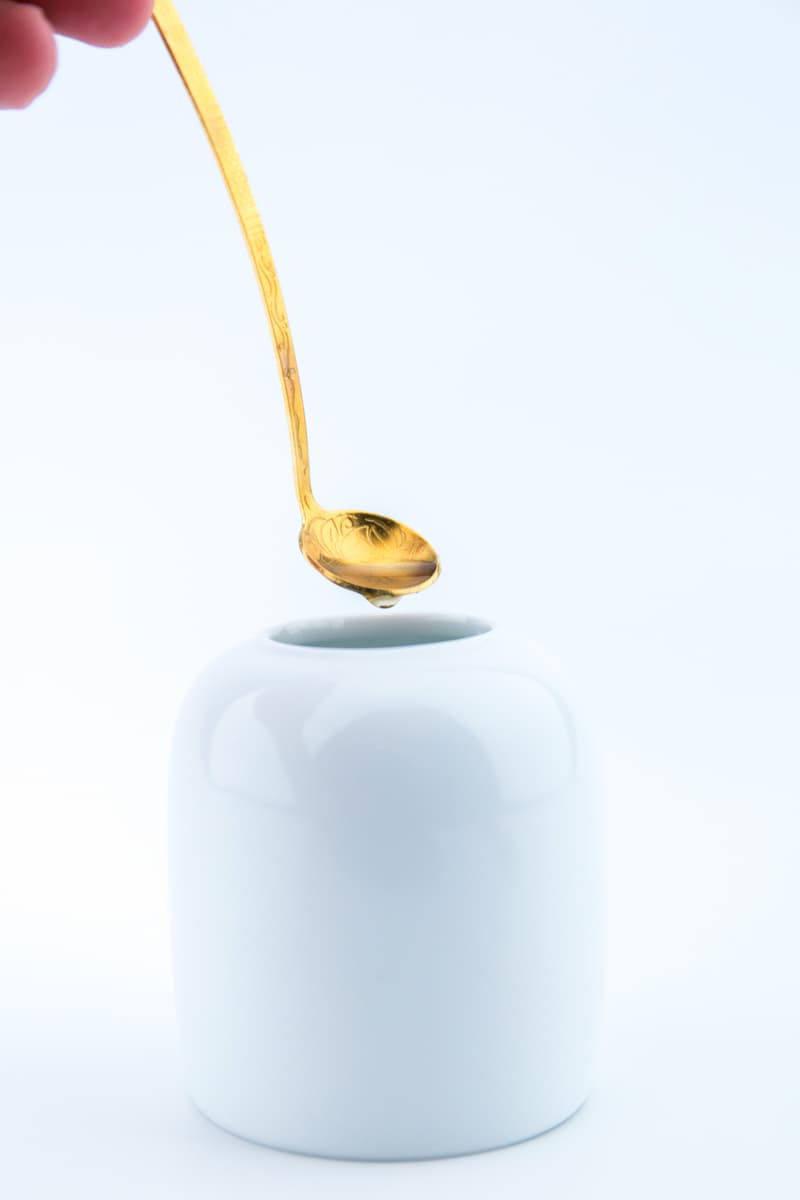
Water spoon and water bowl
8. Essential Chinese Calligraphy Tools-Paper Weights
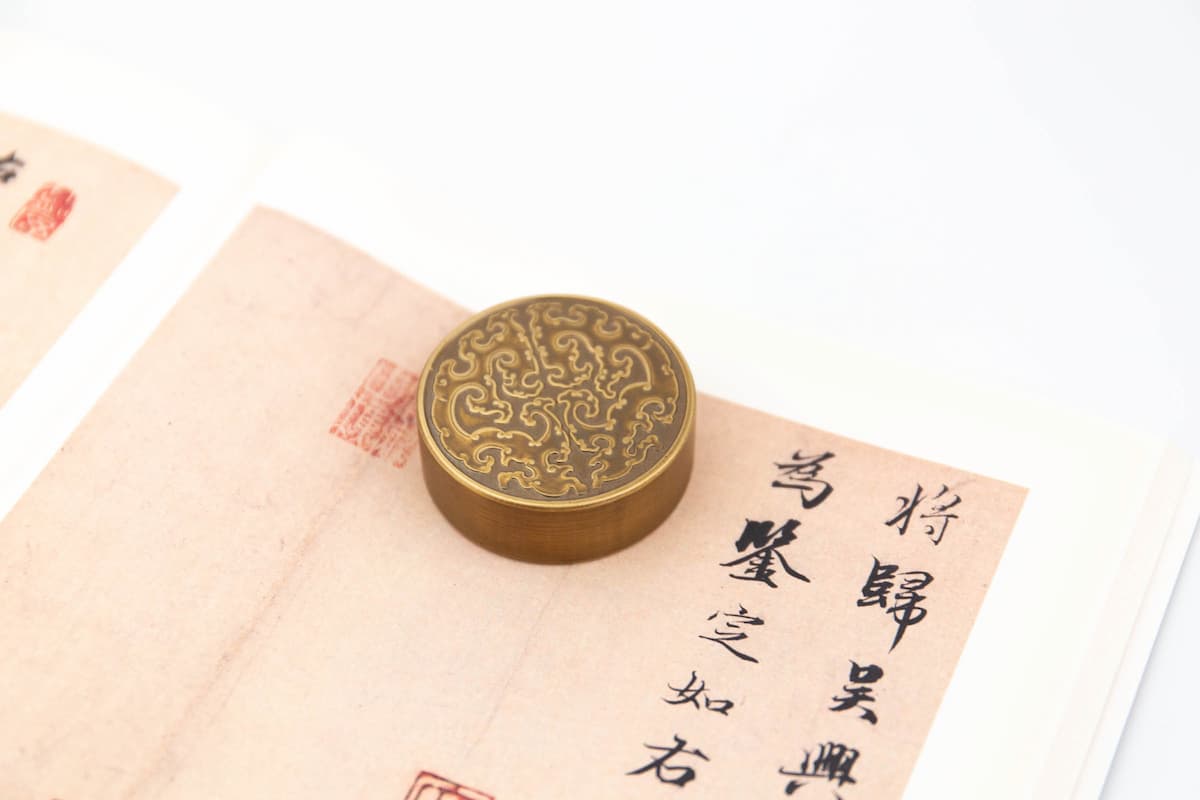
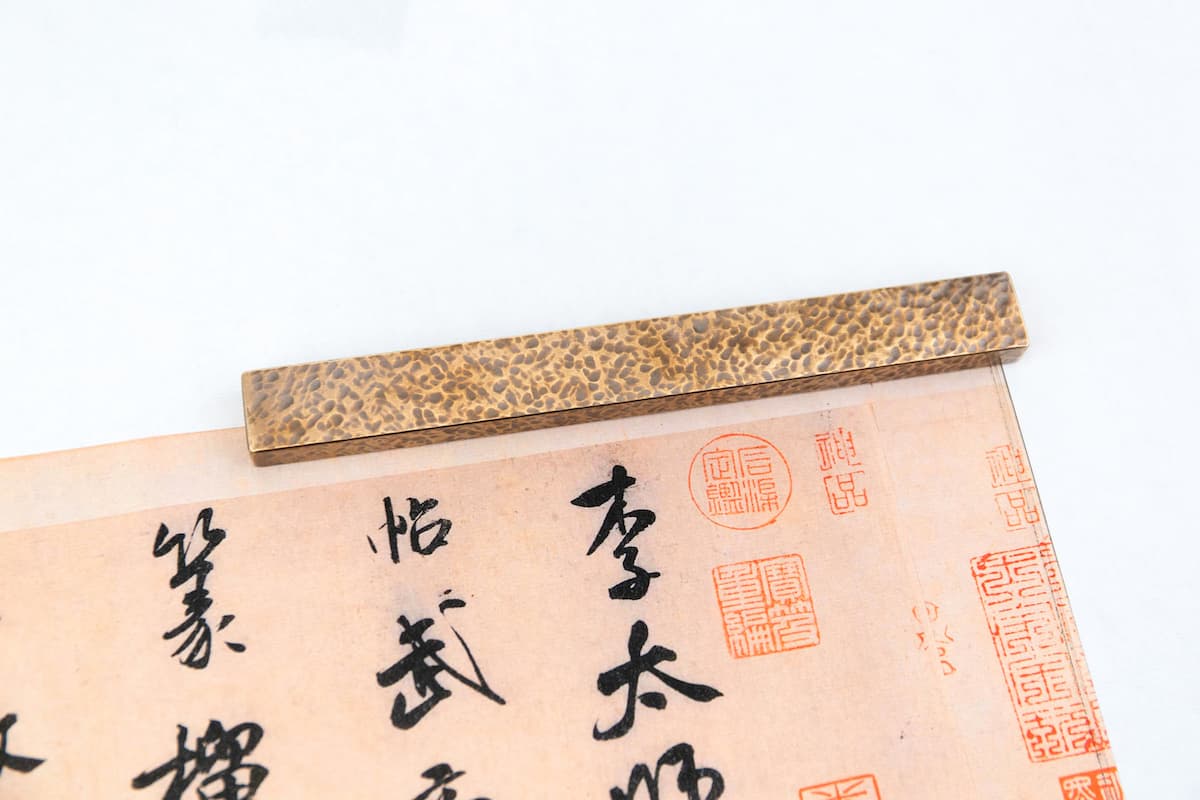
Paper weights, also called rulers or pressing rulers.
Paper weights are traditional Chinese handicrafts. They refer to objects used to hold down paper when writing or painting. Most are rectangular strips, so they’re also called rulers or pressing rulers.
Originally, paper weights didn’t have fixed shapes. Paper weights originated because ancient scholars often kept small bronze or jade objects on their desks for handling and appreciation. Since these had some weight, people would use them to hold down paper or books while enjoying them. Over time, this developed into a specific studio tool – the paper weight.
If you’ve watched calligraphy lectures, you should have a deep impression of the pair of rulers the professor uses.
9. Essential Chinese Calligraphy Tools-Seals
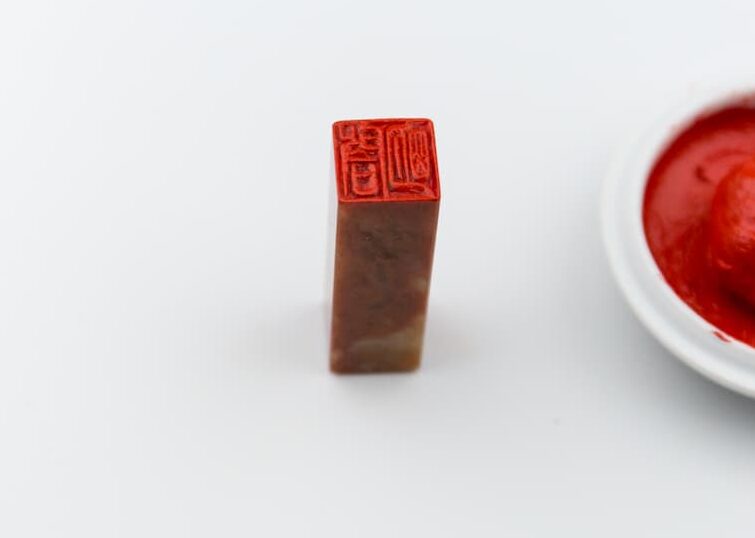
Seal (This is my own seal)
Seals are tools used to stamp documents to show authentication or signature. Generally, seals are first dipped in coloring material (ink paste) before stamping. Those that don’t use coloring material but show raised and depressed surfaces after stamping are called steel seals. Some are stamped on wax or sealing wax, or wax seals on envelopes.
They’re made from materials like jade, metal, wood, and stone. Chinese seals are one of the representatives of traditional Chinese culture.
Usually, after completing a calligraphy work, we stamp a seal at the signature area. Of course, there are many types of seals. If you want to systematically understand seal knowledge, you can read my previous article about seal knowledge and common issues in calligraphy works.
10. Essential Chinese Calligraphy Tools-Ink Paste
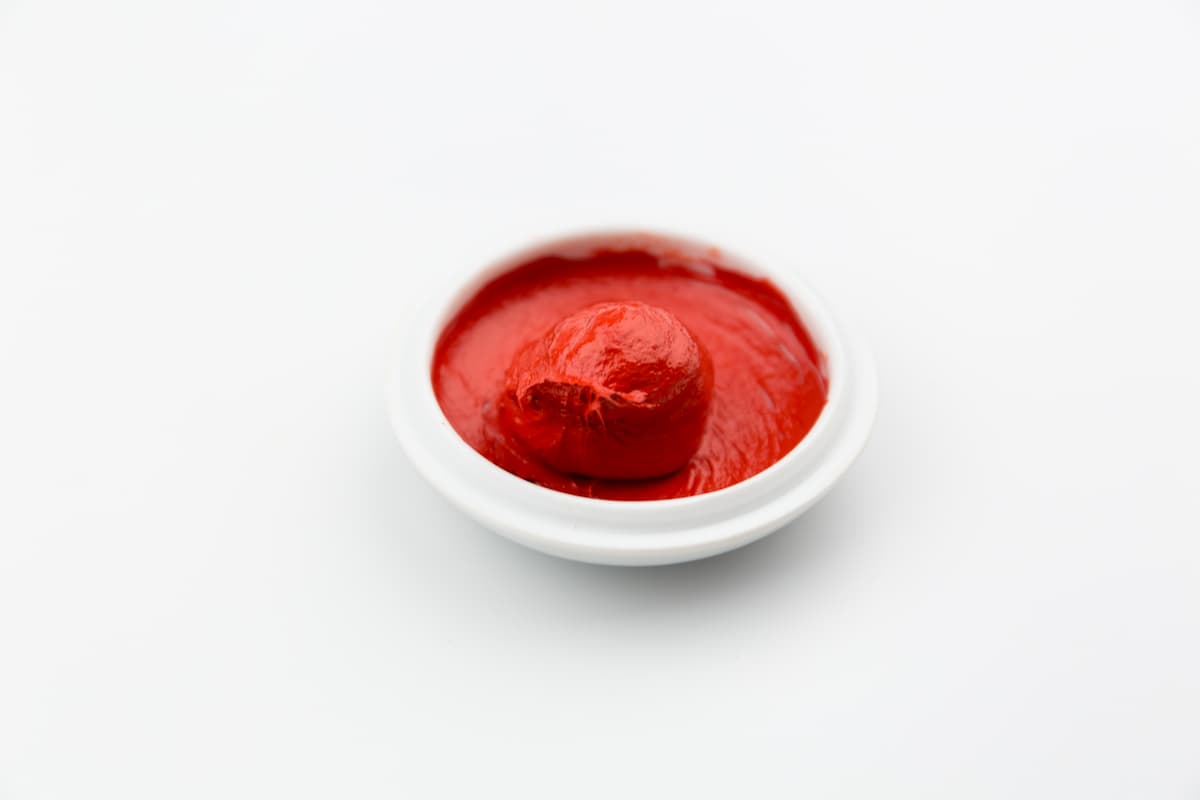
Ink paste
Ink paste is a unique treasure of Chinese studios. Whether for document signing or for stamping historical artifacts, gold and stone, paintings and calligraphy, it’s all needed.
According to historical records, ink paste has developed for two thousand years. It was already used in the Spring and Autumn and Qin-Han periods. Back then, ink paste was made from clay, moistened with water before use, which was called sealing clay.
After the Sui and Tang dynasties, social progress led to paper invention. People then changed to mixing water with cinnabar for stamping on paper. This was the prototype of ink paste.
During the Yuan Dynasty, people began using oil mixed with cinnabar, which gradually developed into our modern ink paste.
These are the common studio tools beyond the four treasures that I wanted to share with you today. Feel free to share this article.
Here I also recommend my previous articles about the four treasures that you can read by clicking on the article titles:
Top 10 Chinese Calligraphy Brushes: The Ultimate Guide to Selection and Care
Top 10 Chinese Xuan Paper Brands: Selection Guide & Care Tips
The 5 Best Chinese Ink Brands: Properties, Selection Criteria & Care Guide
What are the four famous inkstones : Types, Prices, Identification Methods, and Inkstone Care Tips


